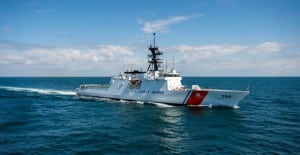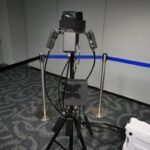
Initial operational testing early in 2014 of the Coast Guard’s high-endurance National Security Cutter (NSC) revealed 10 major deficiencies but so far none of those have been formally closed out and the ships will be operating for a few years without key capabilities, the Government Accountability Office (GAO) says in a new report.The testing done by the Navy for the Coast Guard found major deficiencies in a number of areas on the cutter, including an equipment failure on the close-in…

 By
By 










